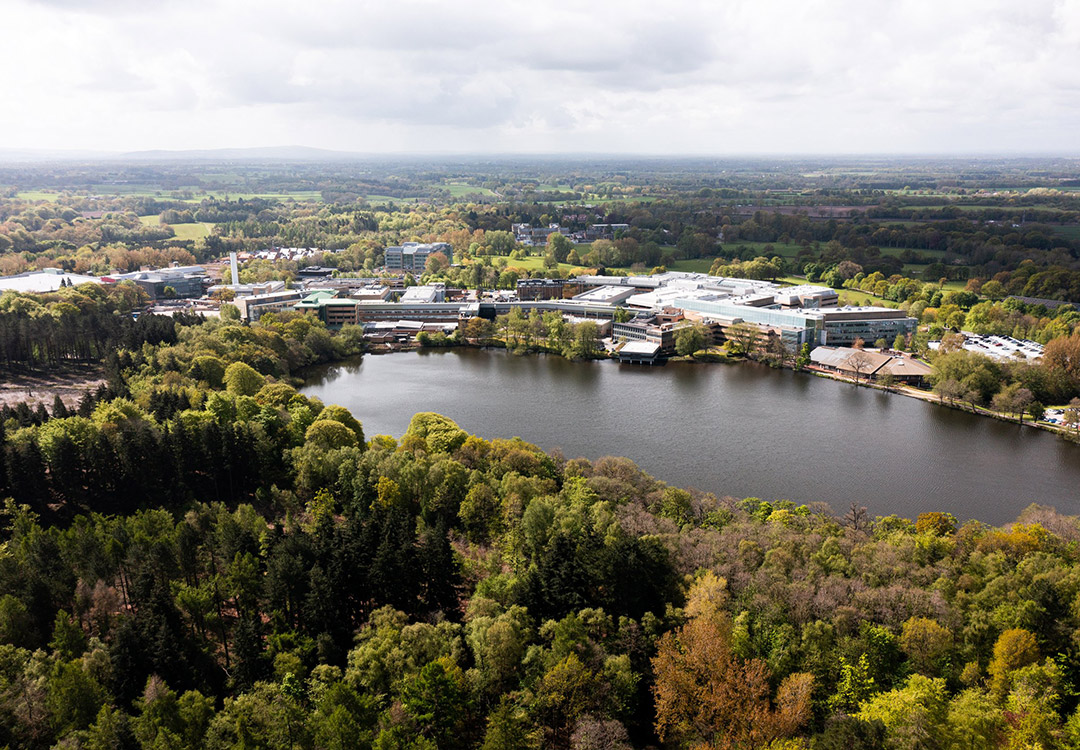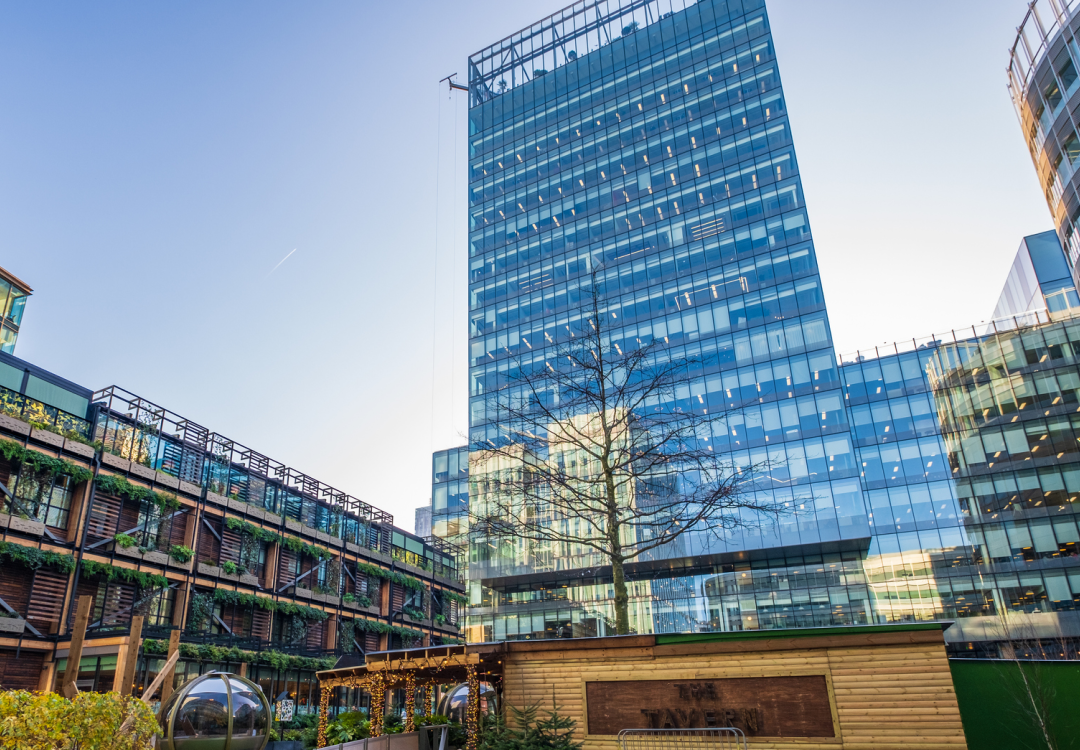News
The Outlook for Innovation in Construction Following COP28
January 2024
As we enter the “beginning of the end of the fossil fuel era[1]”, we consider how intellectual property (IP) rights may play a role in fulfilling the pledges and initiatives launched during last year’s COP28 summit.
Buildings Breakthrough
The governments of France and Morocco co-led the launch of the Buildings Breakthrough, which sets out the target that “near-zero emission and resilient buildings are the new normal by 2030”[2]. To achieve this lofty target, we may expect the supporting countries, including the UK and the USA, to encourage green innovation in the industry, through bolstering available funding[3], promoting providers of green technologies[4], and facilitating the generation of IP rights[5].
IP rights display to others that the rights holder has exclusive control over their innovation, and can be significant assets for businesses (particularly for companies with no-to-low market share, for example, ‘spin-out’ or ‘start-up’ companies). Demonstrating this value may be particularly important for securing grant funding and/or attracting investors, who will be keen to ensure that they can get a return on their investment.
Cement and Concrete Breakthrough
The summit also saw the governments of Canada and the UAE co-launch the Cement and Concrete Breakthrough, which aims to improve collaboration across countries, when developing policies and standards for decarbonising cement and concrete[6]. It is hoped that the initiative breaks down some of the bureaucratic barriers which prevent the widespread adoption of new technology. Improving access to global markets should, in turn, uncover new business opportunities for those in the industry, including licensing out IP rights to third parties[7], around the globe.
Owners of IP rights may enter into agreements with third parties to license out their IP rights on their own terms. For small to medium size enterprises (SMEs), such agreements may enable access to global markets via larger organisations with established sales channels, and thus generate an additional, potentially substantial, source of revenue.
Innovation for a Greener Future
Though the COP28 draft climate agreement has been marred with debate over whether nations should be “transitioning away” or “phasing out” fossil fuels[8], it is clear that, in some way, the world is heading for a greener future. To reduce the carbon impact of the industry, and support this greener future, the construction industry is going to need to drive green innovation. IP rights are an essential tool that enables the construction industry to derive value from its innovation efforts.
The construction team at HGF has a diverse range of academic and commercial experience in working with the construction industry to deliver multidisciplinary IP strategies that span patents, trade mark protection, copyright, FTO, enforcement, and transactions. Click here to find out more about how HGF can support green innovation in the construction industry.
This article was prepared by Trainee Patent Attorney Theodore Jemmott.
[2] https://globalabc.org/our-work/fostering-collaboration
[3] https://www.gov.uk/guidance/find-funding-to-help-your-business-become-greener
[4] https://www3.wipo.int/wipogreen/en/
[5] https://www.gov.uk/guidance/patents-accelerated-processing; https://www.uspto.gov/patents/laws/patent-related-notices/climate-change-mitigation-pilot-program
[6] https://gccassociation.org/news/canada-launches-the-cement-concrete-breakthrough-initiative-at-cop28/
[7] https://www.gov.uk/guidance/licensing-intellectual-property
[8] https://www.theguardian.com/environment/2023/dec/13/cop28-second-draft-text-of-climate-deal-calls-for-transitioning-away-from-fossil-fuels































